30 Wild Animals in Russia [Wildlife in Russia]
Want to know more about the wildlife in Russia?
Discover 30 wild animals in Russia in this post, as well as interesting facts about them. 🇷🇺
Learn All About Russian Animals
Ready to learn all about the native Russian animals?
I’ve always been fascinated by animals, and by how they can be so different from one country to another. In this guide, we’ll focus on the many animals Russia has on the land, in the sky, and underwater.
I’ve split the guide into 4 categories:
- Native animals from Russia
- Endangered animals of Russia
- What is the national animal of Russia?
- How many animals native to Russia?
Let’s dive in right away with our first category!
Native Animals from Russia
Russia is an Asian country located in the northern part of the continent, south of the Arctic Ocean. It is the largest country in the world (representing about an eighth of the inhabitable land on the planet), extends across multiple continents and 11 time zones, and was home to the third-largest empire in history, the Russian Empire. It is bordered by 16 countries such as Mongolia, China, Kazakhstan, Finland, Ukraine, and Georgia, and its capital and largest city is Moscow, which counts more than 12,506,000 inhabitants.
An interesting part of the country that I wanted to tackle is its wildlife. In light of that, I have listed the best of it, and I hope you will love learning what animals live in Russia.
Here’s the Russia animals list.
1. Siberian tiger
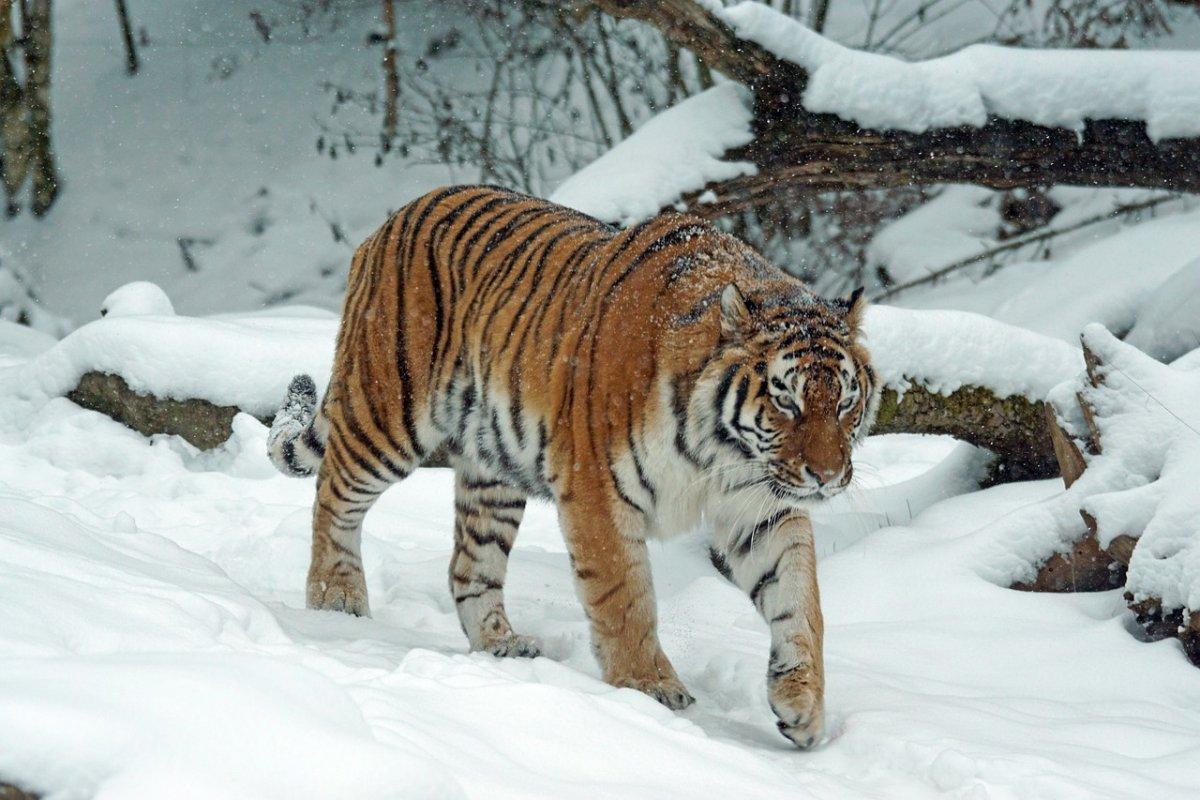
- Name: Siberian tiger
- Scientific name: Panthera tigris tigris
- Conservation status:
The Siberian tiger, also known as the Amur tiger, is an endangered subpopulation of the tiger native to the extreme eastern parts of Russia, as well as China and the Korean Peninsula. While its range used to be much wider, it is now confined to very small, scattered populations.
Depending on the region and the season, the color of the coat of the Siberian tiger greatly varies, but it is always very coarse and thick.
2. Siberian tundra reindeer
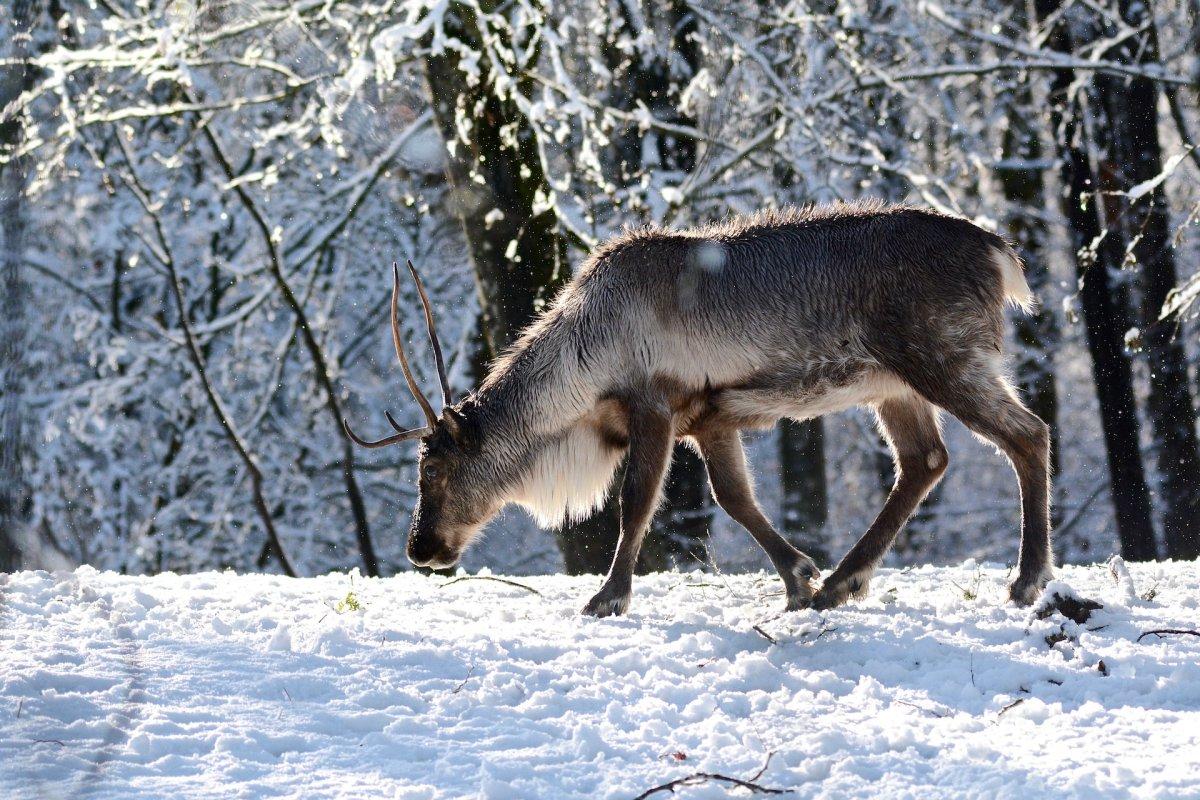
- Name: Siberian tundra reindeer
- Scientific name: Rangifer tarandus sibiricus
- Conservation status:
The reindeer, also known as the caribou, is a large species of deer native to Arctic, subarctic, boreal, tundra, and mountainous regions across the northernmost parts of the Northern Hemisphere, all around the globe: its distribution is circumpolar.
The local subspecies, the Siberian tundra reindeer, is the largest herd in the world, with 400,000 to 1,000,000 individuals recorded. However, about 81,000 Siberian tundra reindeer have died in recent years because of climate change.
3. Amur leopard
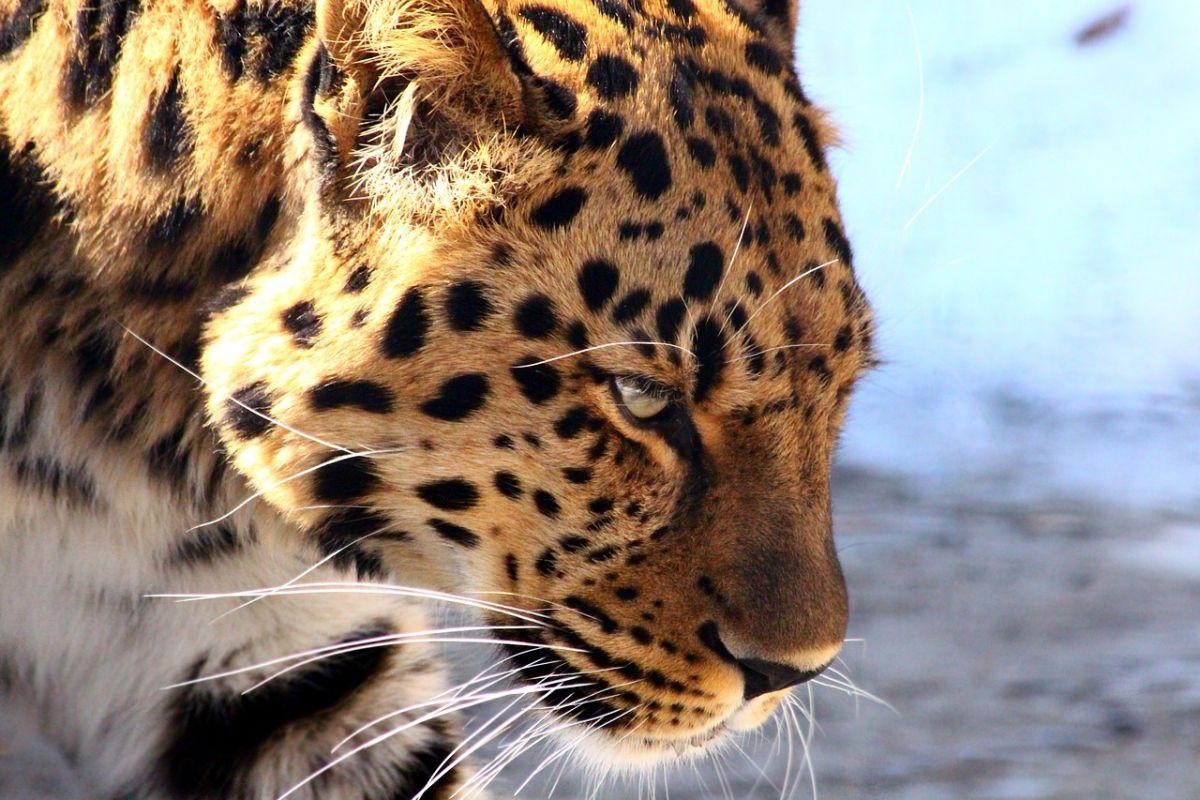
- Name: Amur leopard
- Scientific name: Panthera pardus orientalis
- Conservation status:
Similarly to the Amur tiger, the Amur leopard is native to the region encompassing eastern Russia, China, and the Korean Peninsula. With a wide historic range, it is now only present around the China/Russia border, and only 110 individuals remain, making the Amur leopard one of the rarest, if not the rarest, cats on the planet.
Usually, this leopard inhabits forest and mountain areas, with prey availability, primarily large ungulates such as sika deers.
4. Sika deer
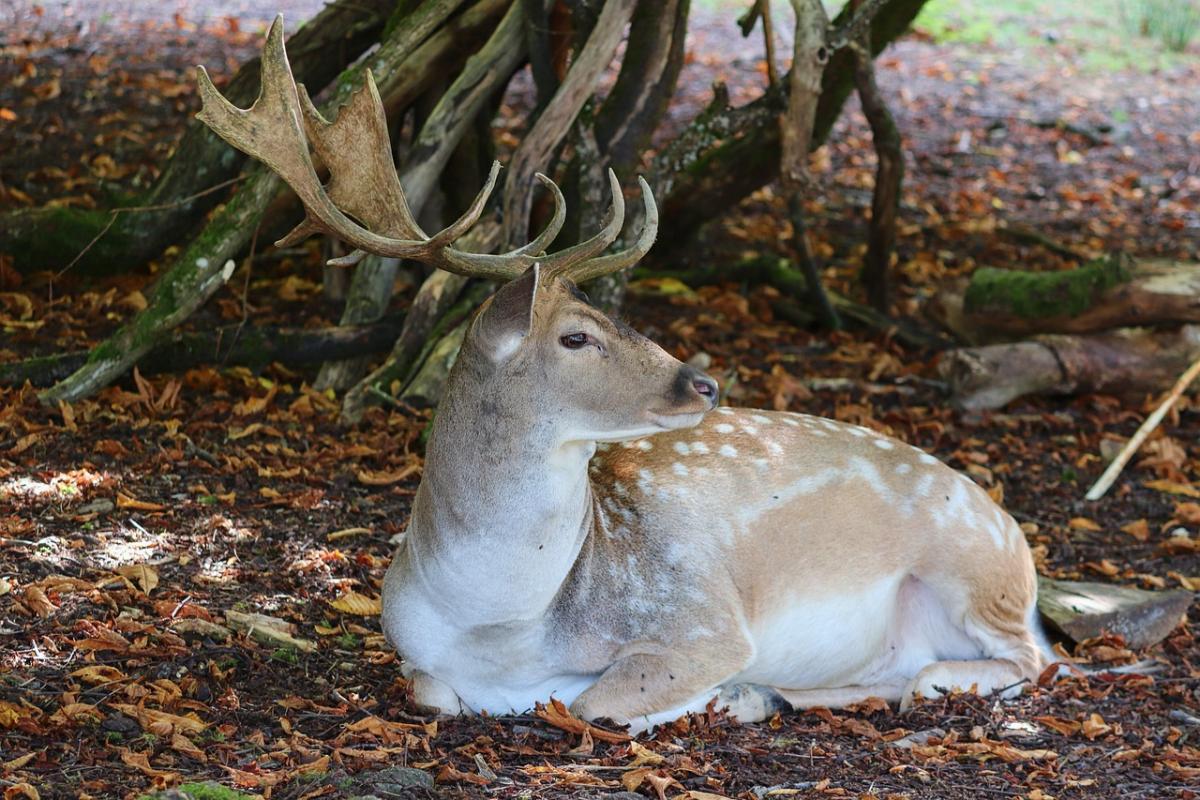
- Name: Sika deer
- Scientific name: Cervus nippon
- Conservation status:
The sika deer, also known as the Japanese deer or the spotted deer, is a species of deer native to most of eastern Asia. While it is overabundant in Japan, it is much rarer outside of it, and can only be found in the Russian Far East.
There are about 8,500 to 9,000 sika deers in Russia, and their population is relatively stable but restricted to a very small area.
5. Arctic fox
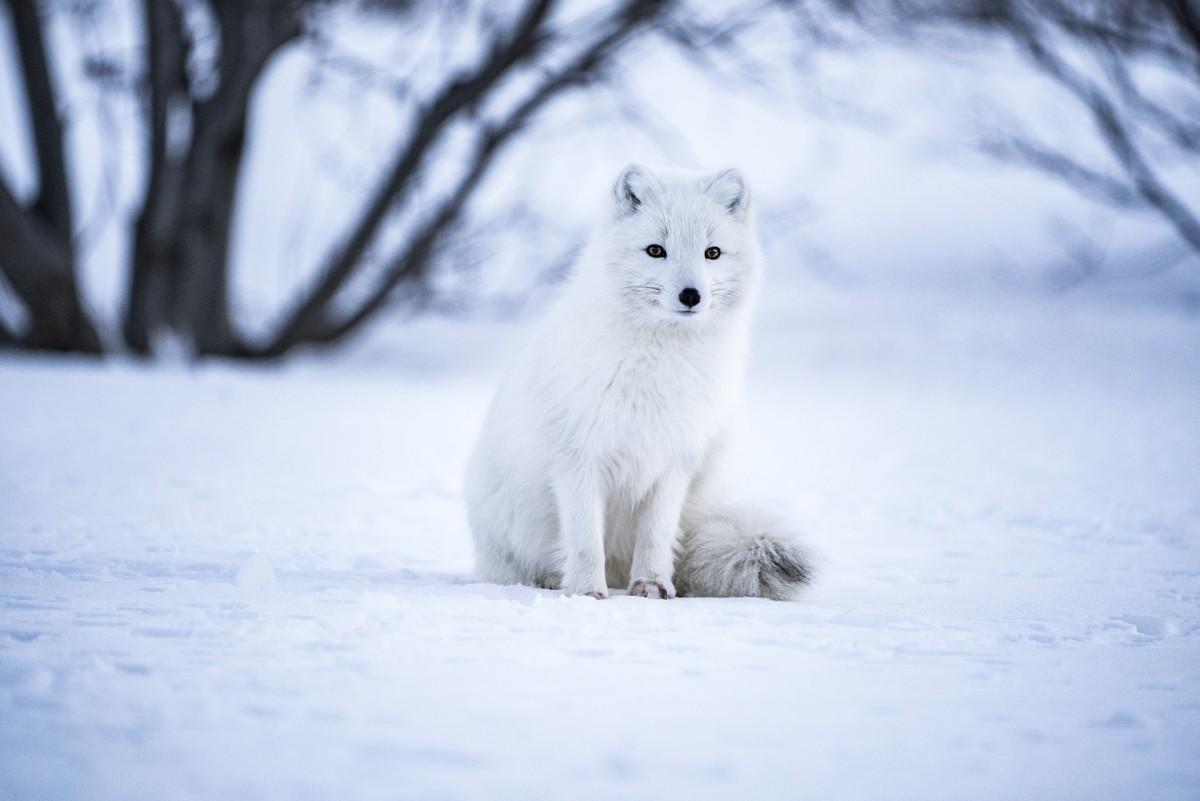
- Name: Arctic fox
- Scientific name: Vulpes lagopus
- Conservation status:
The Arctic fox, also known as the snow fox, the polar fox, or the white fox, is a small species of fox native to the Arctic regions of the Northern Hemisphere. It is particularly adapted to very cold environments and is perfectly camouflaged in the white snow.
When it comes to feeding, the Arctic fox eats small rodents, seal pups, fish, seabirds, and waterfowl. It lives in northern Russia, where it seriously suffered from an ear tick introduced by dogs during the 1970s.
6. Snowy owl
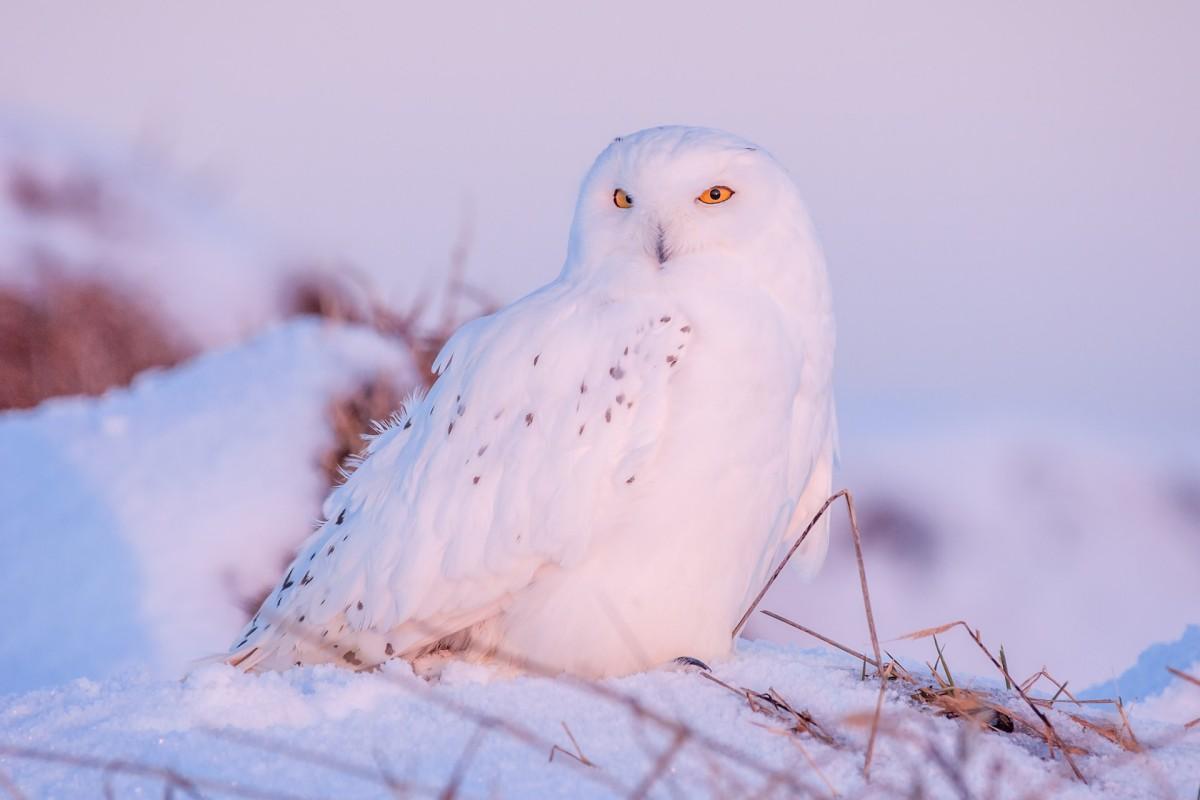
- Name: Snowy owl
- Scientific name: Bubo scandiacus
- Conservation status:
The snowy owl, also known as the Arctic owl, the polar owl, or the white owl, is a large species of true owl native to the Arctic regions, including North Russia. It is one of the largest species of owl, and the only one with mainly white plumage.
Opposite to most owls, the snowy owl is active by day, especially during the summer. It prioritizes small rodents such as lemmings, but can also feed on water birds, small mammals, and carrion during rough times.
7. Walrus
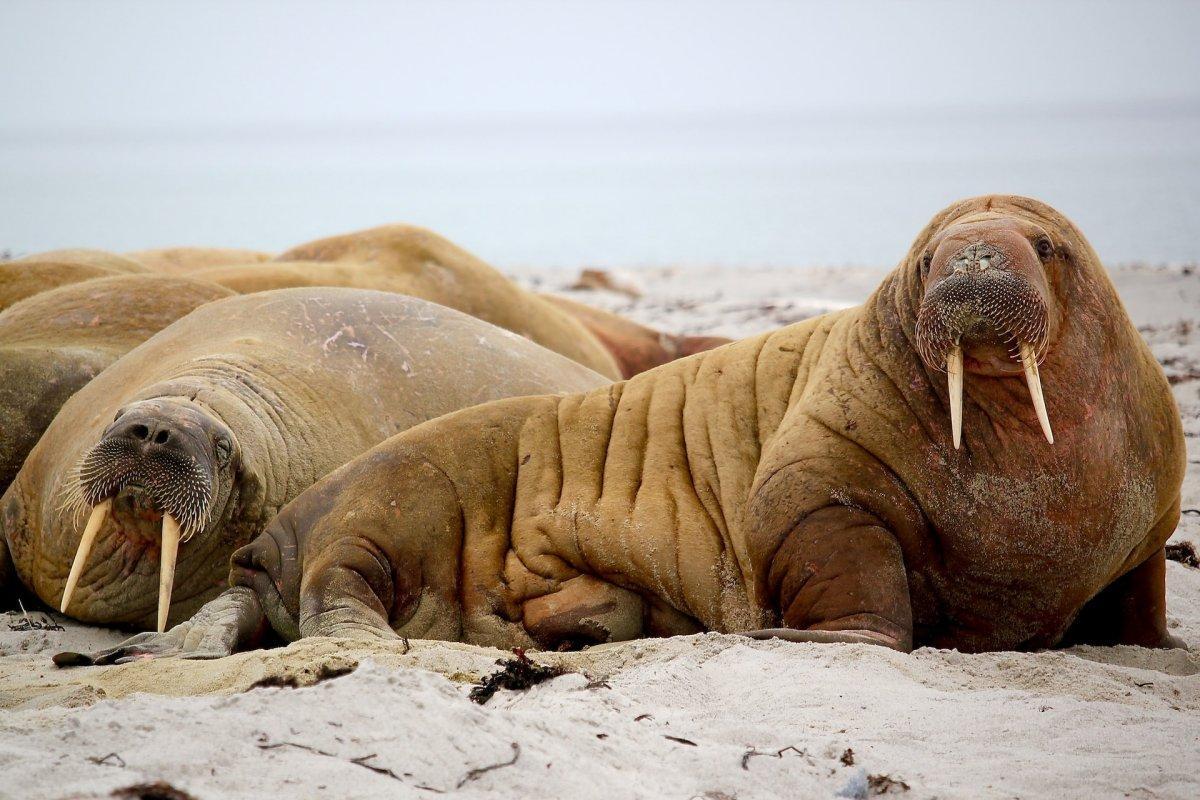
- Name: Walrus
- Scientific name: Odobenus rosmarus
- Conservation status:
The walrus is a large species of marine mammal native to the North Pole, the Arctic Ocean, and the subarctic seas of the Northern Hemisphere. It is incredibly bulky, with adult males reaching more than 2,000 kg / 4,400 lb, and lives in shallow waters above the continental shelves.
This mammal is characterized by its whiskers and long tusks and can be found near Chukotka in Russia.
8. Polar bear
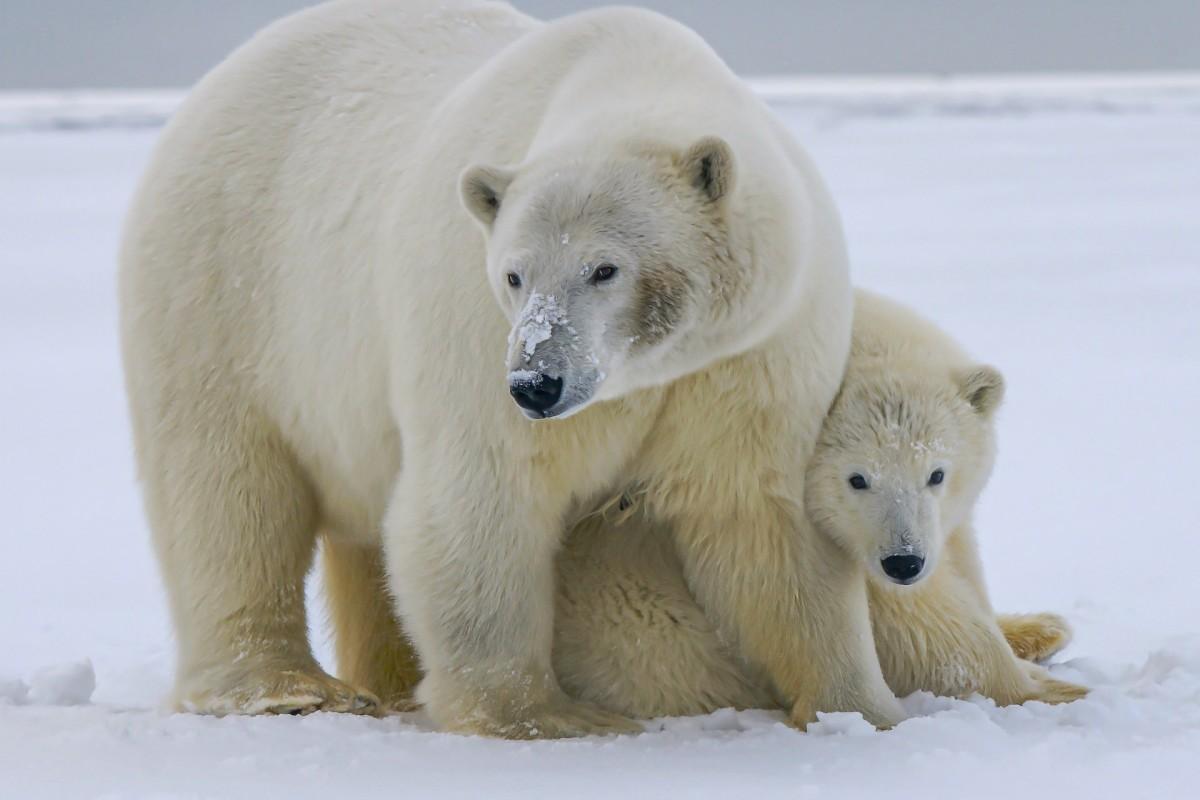
- Name: Polar bear
- Scientific name: Ursus maritimus
- Conservation status:
Infamous worldwide for the way it suffers from global warming, the polar bear is the largest terrestrial carnivore in the world, weighing up to 700 kg / 1,540 lb. Although it is very closely related to the brown bear, it has adapted to extremely cold environments and has very thick fur to protect it from the harsh conditions of Siberia.
For indigenous peoples of Russia, the polar bear has long been very important, providing raw materials such as fur, fat and canine teeth.
9. Asian black bear
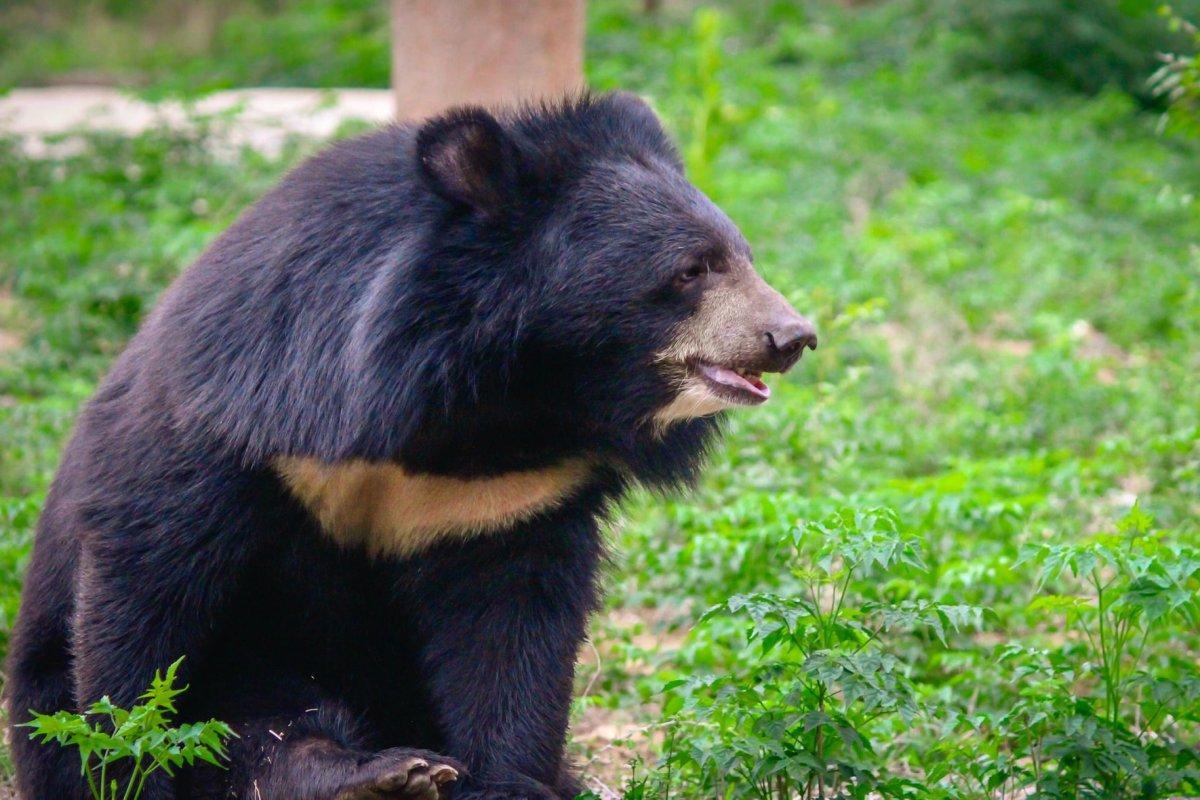
- Name: Asian black bear
- Scientific name: Ursus thibetanus
- Conservation status:
I felt like you were starting to feel cold after all of these polar animals, so let’s head a bit further South with the Asian black bear!
Also known as the white-chested bear, the Asiatic black bear, or the moon bear, it is a medium-sized species of bear native to eastern Asia. It is largely arboreal and is listed as vulnerable to extinction, mainly due to habitat loss through deforestation and poaching for its body parts (used in traditional medicine).
10. Bezoar ibex
- Name: Bezoar ibex
- Scientific name: Capra aegagrus aegagrus
- Conservation status:
The bezoar ibex is a subspecies of the wild goat native to the Zagros and the Caucasus Mountains. It inhabits montane, forested areas, and is well-known for the size of its horns, which are the longest in the world when compared to its body size: they can exceed 1.4 m / 4 ft 7 in in length!
In some countries such as Turkey, some hybrid individuals have appeared, being the result of interbreeding between bezoar ibexes and domestic goats.
11. Bearded vulture
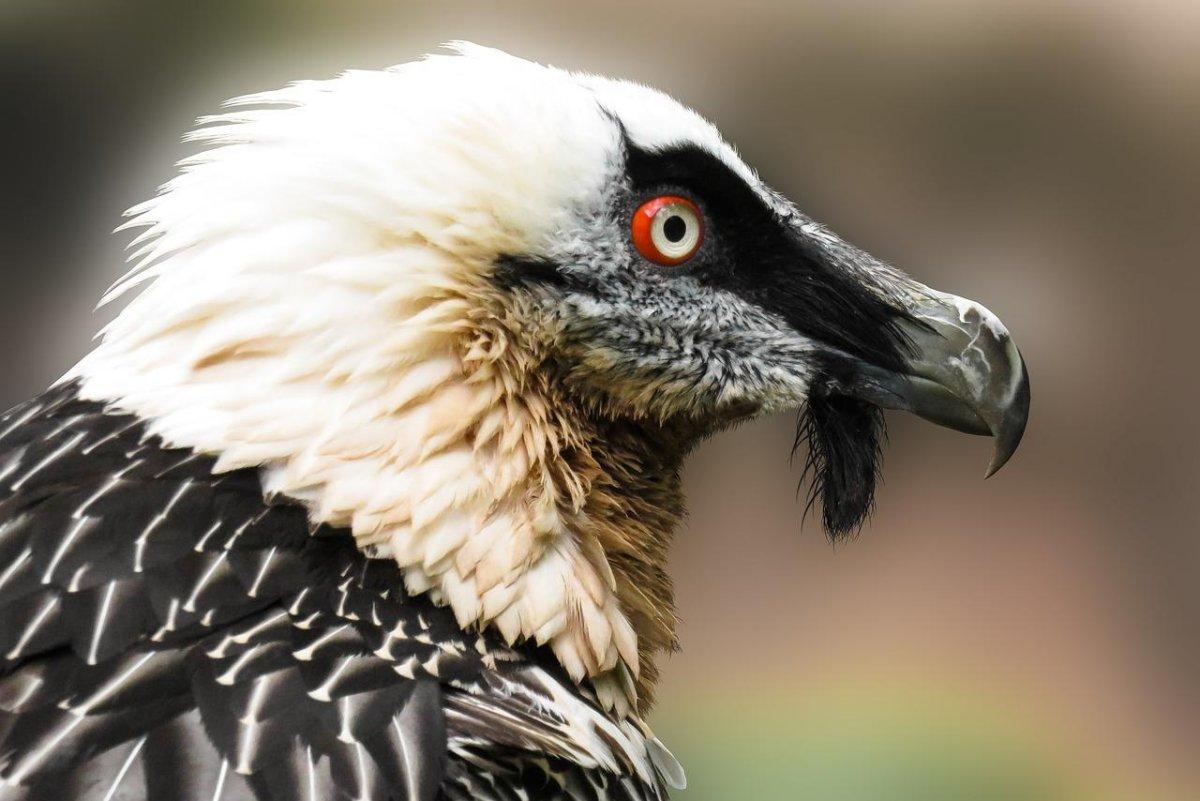
- Name: Bearded vulture
- Scientific name: Gypaetus barbatus
- Conservation status:
The bearded vulture, also known as the ossifrage or the lammergeier, is a very large species of bird of prey native to Europe, Asia, and Africa. In Russia, it can be found in the southernmost parts of the country, around the border with Mongolia and China.
Although it is also a scavenger, this vulture is completely unique because it almost exclusively feeds on bone marrow! It flies high in the sky and drops the bones to crack them open, but its digestive system is also adapted to dissolve even the toughest materials.
12. Tufted puffin
- Name: Tufted puffin
- Scientific name: Fratercula cirrhata
- Conservation status:
Russia is so vast that it features incredibly different landscapes, habitats, and climates. The tufted puffin, while it does not live in the northernmost parts of the globe, still lives in the North Pacific Ocean, and can be found in northeastern Russia.
On the Pacific coast of Russia, it is pretty familiar and is locally known as “toporok” which means “small ax”, in reference to the shape of its bill.
13. Steller’s sea eagle
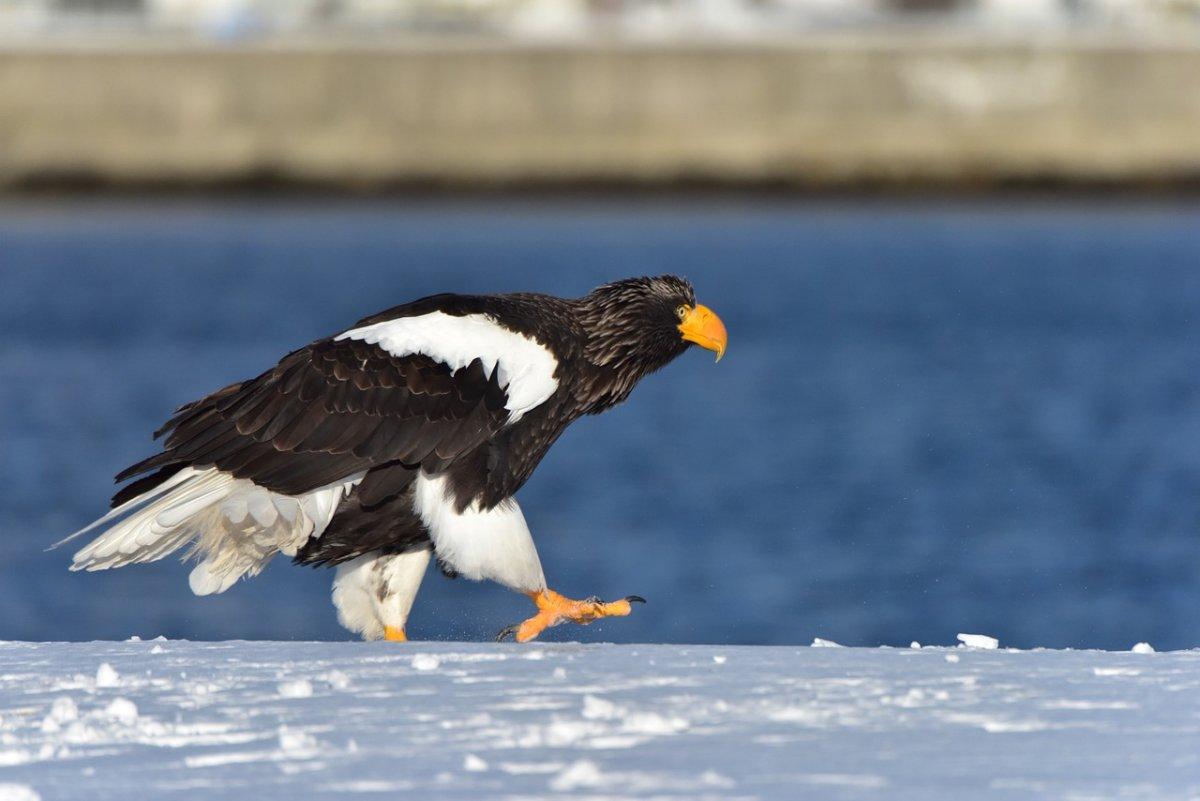
- Name: Steller’s sea eagle
- Scientific name: Haliaeetus pelagicus
- Conservation status:
Steller’s sea eagle, also known as the white-shouldered eagle or the Pacific sea eagle, is the heaviest species of eagle in the world, and one of the largest ones as well. It is active during the day and primarily feeds on fish.
This eagle can be found in Russia, Korea, China, Taiwan, and Japan, and is endemic to Northeast Asia. The Kamchatka Peninsula population in northeastern Russia is made up of 4,000 individuals.
14. Persian leopard
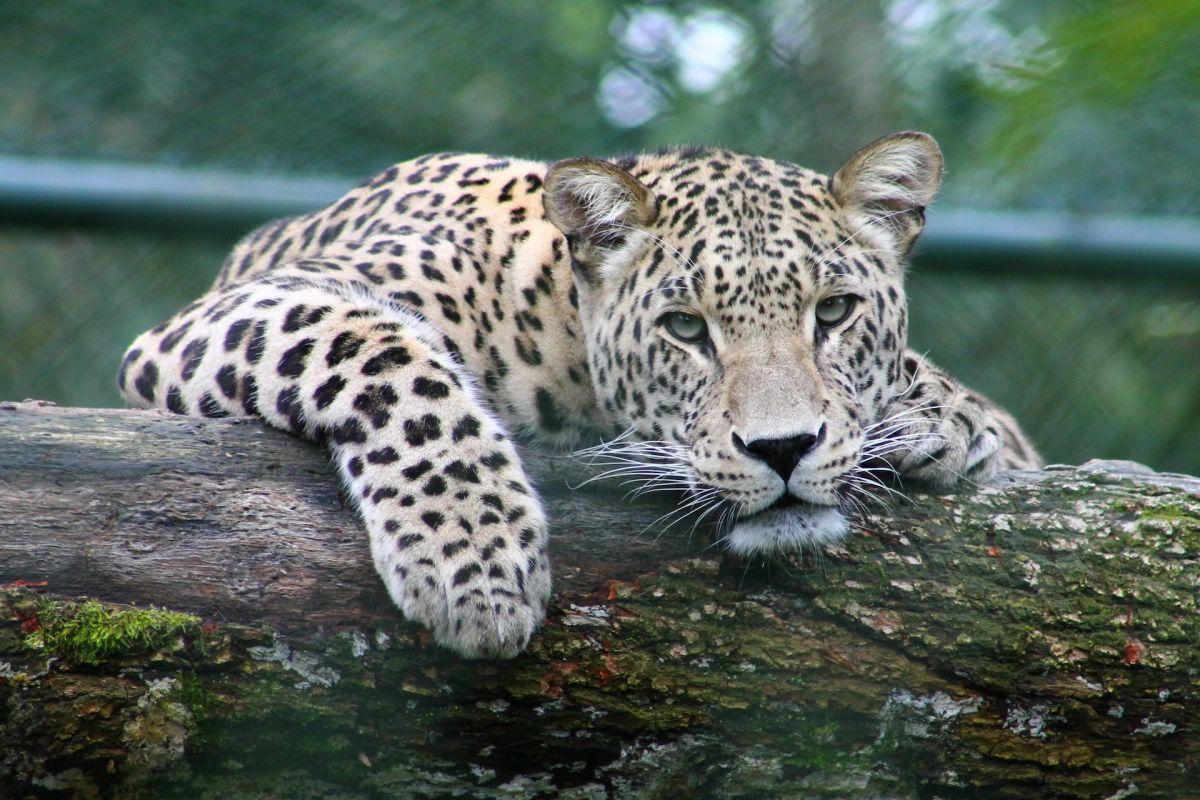
- Name: Persian leopard
- Scientific name: Panthera pardus tulliana
- Conservation status:
Did you need an example to understand how diverse Russia is? Well, here’s one for you: there are two species of completely different leopards within the country, and they are located thousands of kilometers away from each other.
The Persian leopard, also known as the Anatolian leopard or the Caucasian leopard, is a subspecies of the leopard native to southwestern Russia and the Iranian Plateau. Fewer than 1,000 mature individuals remain in the wild, which is why it is listed as endangered.
15. European bison
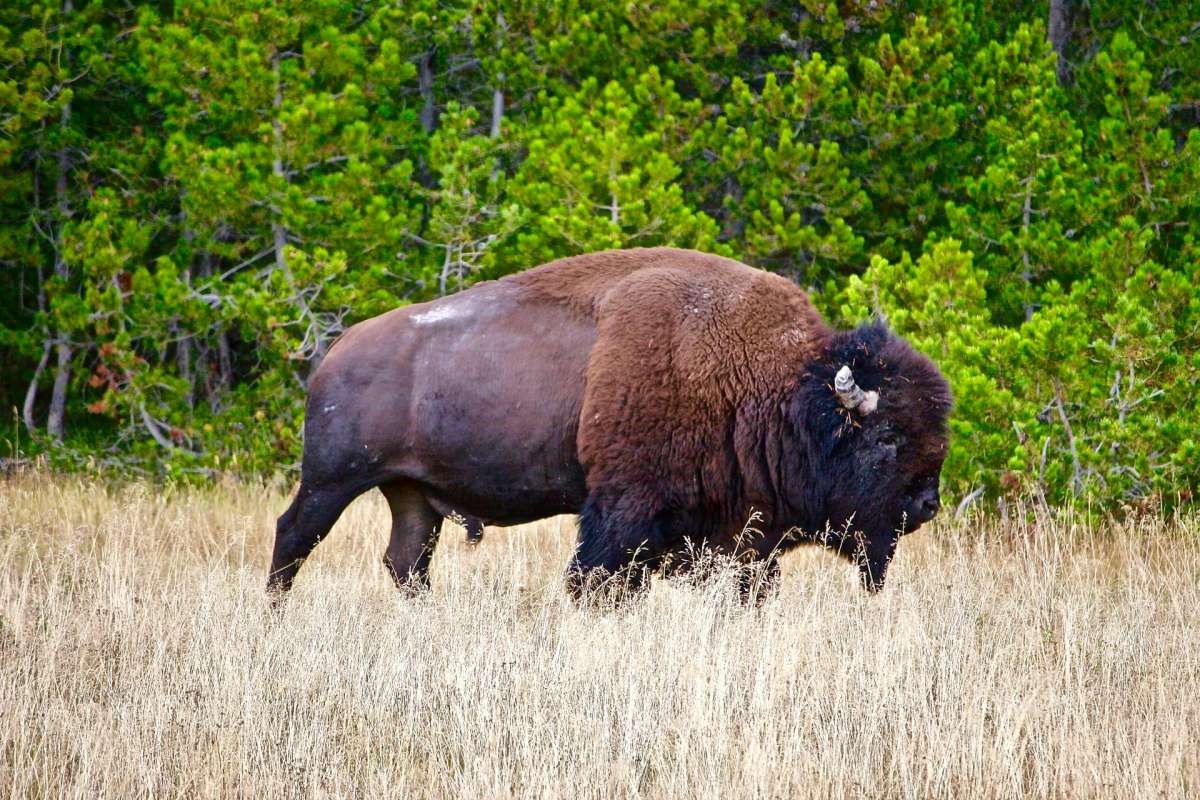
- Name: European bison
- Scientific name: Bison bonasus
- Conservation status:
The European bison, also known as the wisent, the European wood bison, the zubr, or the European buffalo, is the heaviest terrestrial animal in Europe, and individuals in the past are said to have been even larger!
This bison became almost extinct in the wild at the turn of the 20th century and was slowly reintroduced. Now, it can be found in small, scattered populations across Europe, but also in western Russia.
16. Griffon vulture
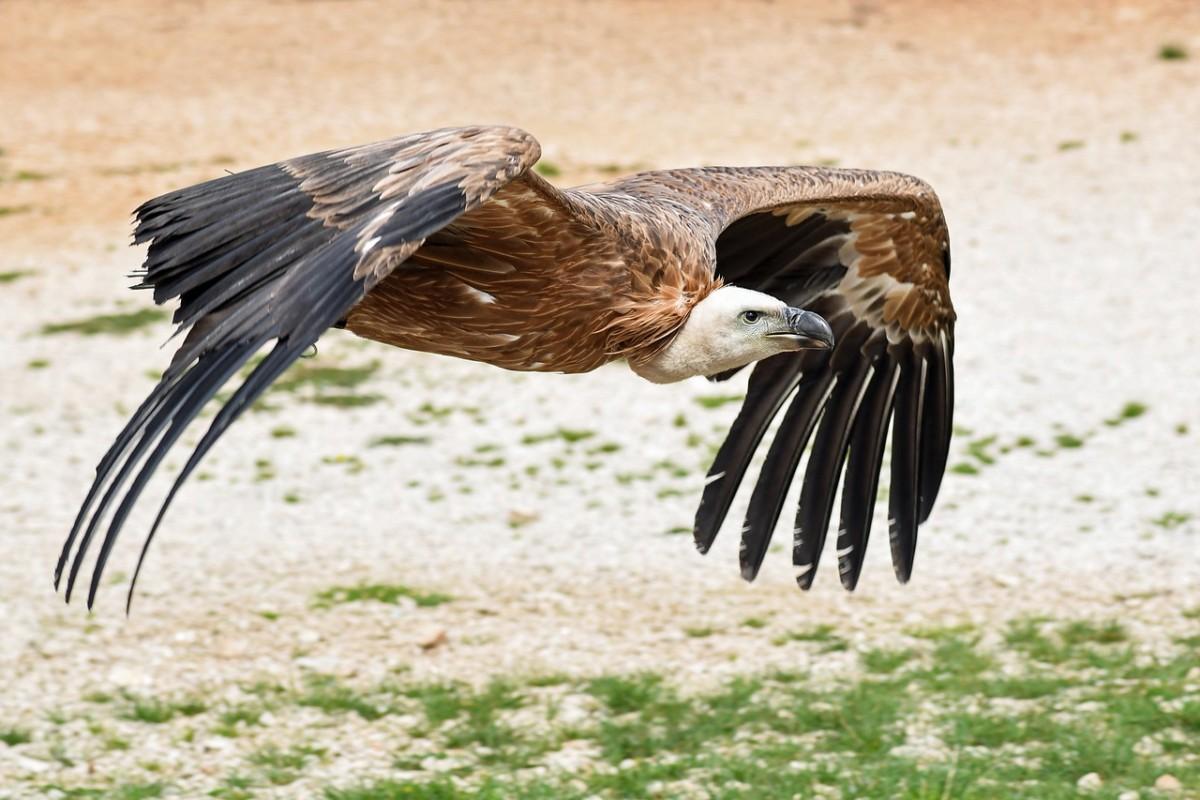
- Name: Griffon vulture
- Scientific name: Gyps fulvus
- Conservation status:
The griffon vulture, also known as the Eurasian griffon, is a large species of Old World vulture native to southern Europe, southern and western Asia, and the Arabian Peninsula. In Russia, it can be found on the northern slopes of the Greater Caucasus, and it is a scavenger that soars over the plains to find large carcasses in order to subsist.
This vulture can live up to 41 years, and breeds on crags in mountains.
17. Eastern imperial eagle
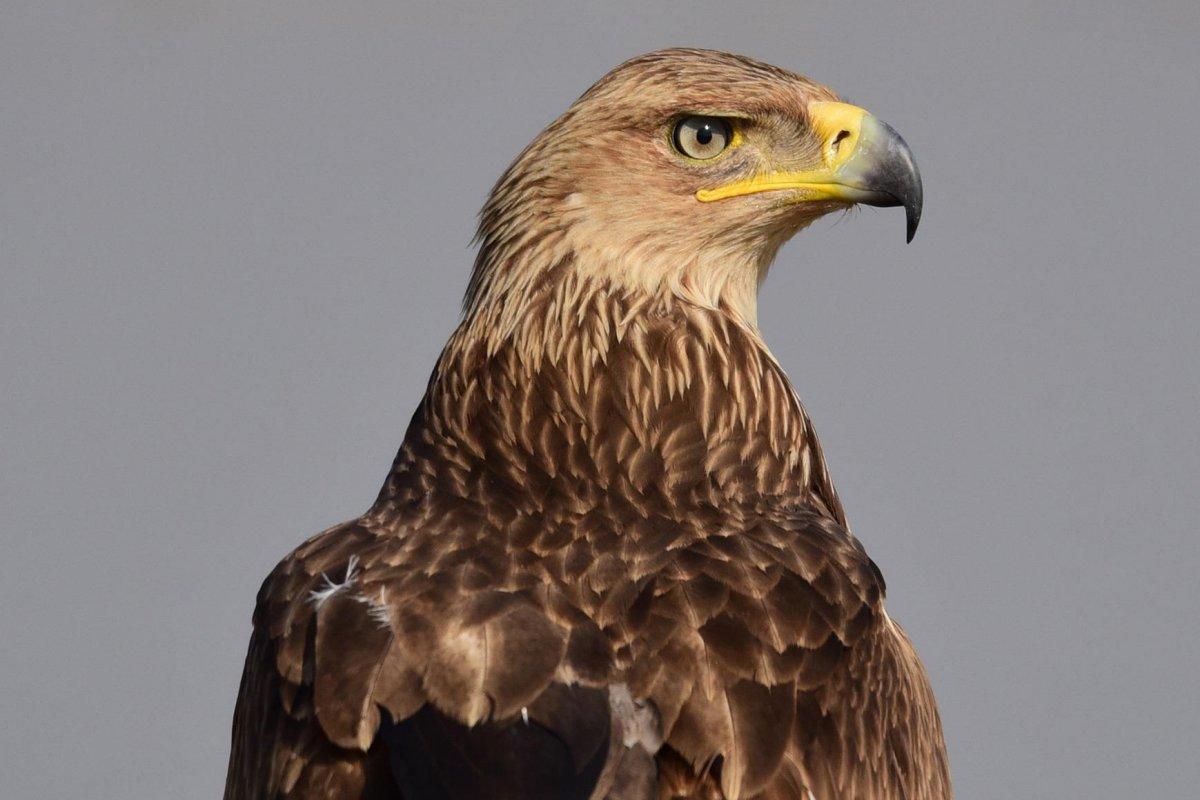
- Name: Eastern imperial eagle
- Scientific name: Aquila heliaca
- Conservation status:
The eastern imperial eagle is a large species of bird of prey native to much of Asia and into western Europe and northeastern Africa. It is dark colored and has feathered legs.
This eagle is particularly opportunistic and feeds on small mammals, as well as lizards, birds, and sometimes carrion. In Russia, some individuals have shown unique behaviors, nesting in the old nests of white-tailed eagles, which was never seen before.
18. Saiga antelope
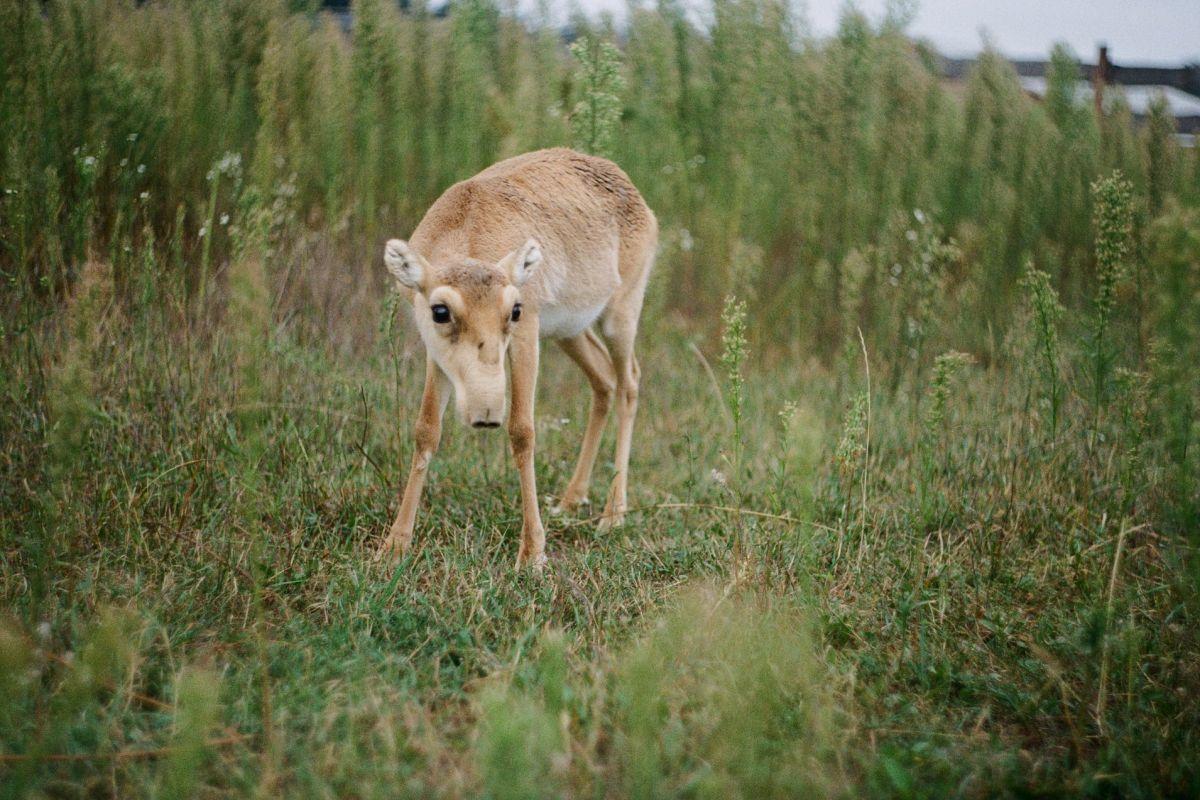
- Name: Saiga antelope
- Scientific name: Saiga tatarica
- Conservation status:
The saiga antelope, also simply known as the saiga, is a species of antelope native to Western Asia. Although on the brink of extinction, primarily because of hunting, it can be found in western Russia.
This antelope has a unique appearance, with very broad nostrils. Its nose is actually particularly useful in the summer when it filters out dust kicked up by the large herd, and keeps its blood cool.
19. Elk
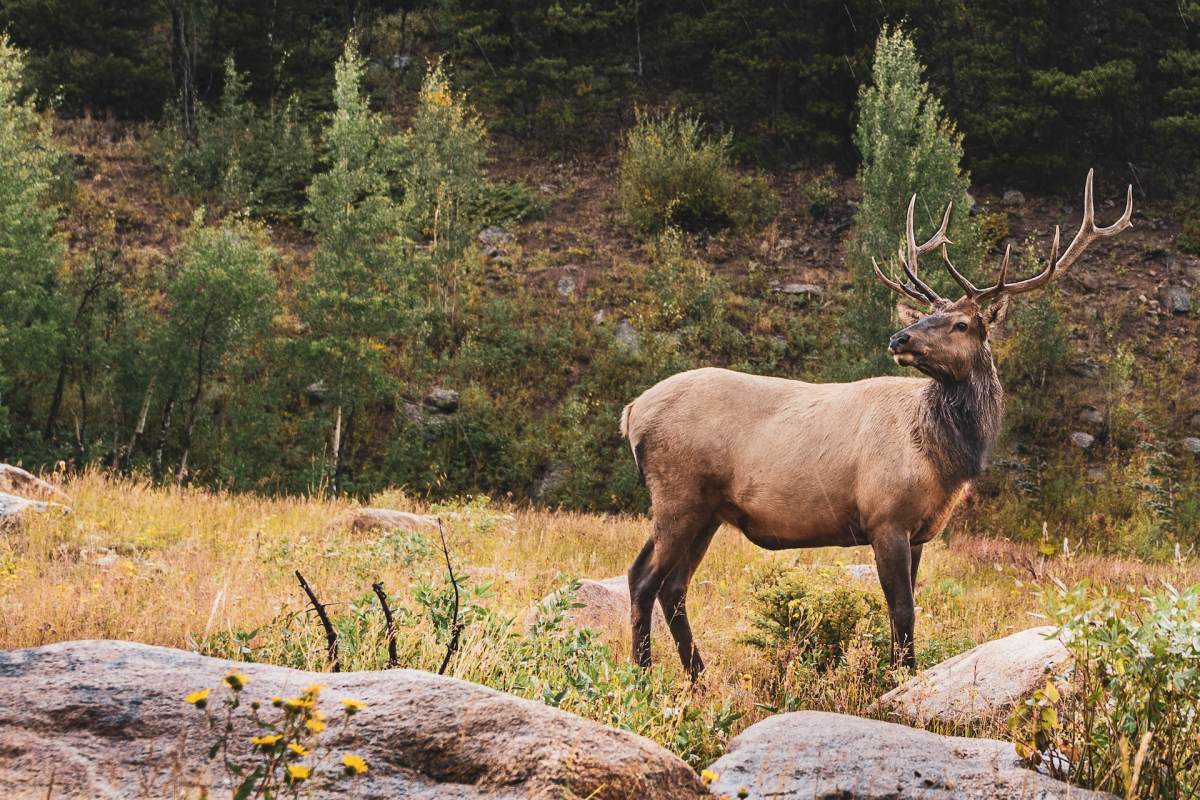
- Name: Elk
- Scientific name: Cervus canadensis
- Conservation status:
The elk, also known as the wapiti, is one of the largest species of deer in the world. It is native to much of North America, as well as East Asia. In Russia, it favors boreal habitats, in the eastern parts of the country.
This deer, although considered of least concern, for now, suffers a lot from infectious diseases, some of which can even be transmitted to livestock.
20. Sable
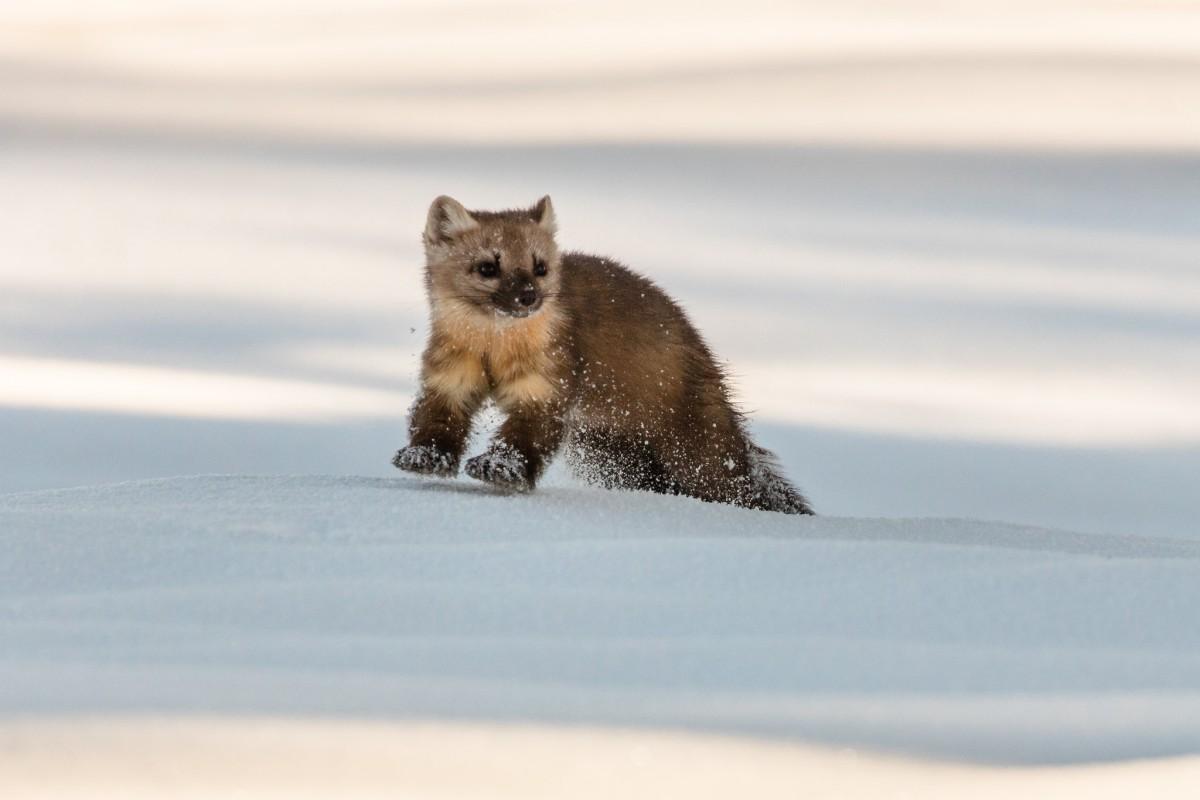
- Name: Sable
- Scientific name: Martes zibellina
- Conservation status:
The sable is a small species of marten native to Russia, Mongolia, Kazakhstan, China, and Japan. It is omnivorous, and inhabits the forest environments of the country, throughout Siberia, and in the Ural Mountains.
This mammal defends its home territory and lives in burrows near riverbanks. It feeds on hares and small mammals, but also wild berries, small musk deer, and rodents. Mass reintroduction of the sable took place in Russia between 1940 and 1945, with 19,000 individuals involved.
21. Wolverine
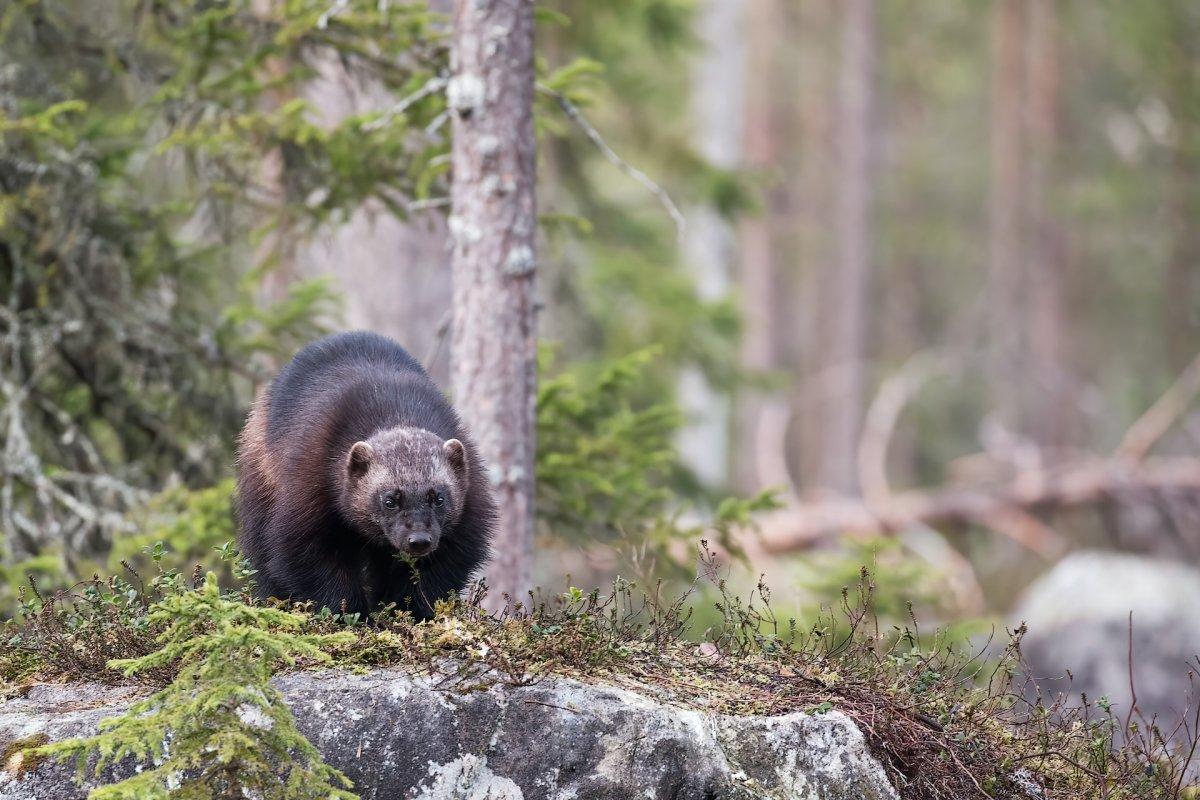
- Name: Wolverine
- Scientific name: Gulo gulo
- Conservation status:
If you don’t know about it, you will be surprised, I guarantee it: the wolverine, also known as the quickhatch, the carcajou, or the glutton, is an incredibly ferocious, strong, and muscular carnivorous mammal that was already sighted attacking and killing prey as large as lynxes or mooses!
It is a solitary animal that lives in the northernmost parts of Eurasia and North America but does not venture into arctic regions.
22. Bowhead whale
- Name: Bowhead whale
- Scientific name: Balaena mysticetus
- Conservation status:
The bowhead whale, also known as the Greenland right whale or the Arctic whale, is a large species of baleen whale endemic to the subarctic and Arctic waters. It can be spotted around the Shantar Islands, in northeastern Russia, for instance.
This whale has the largest mouth in the world, and it represents about a third of its body. It could also very well be the longest-lived mammal, reaching more than 200 years of age!
23. Orca
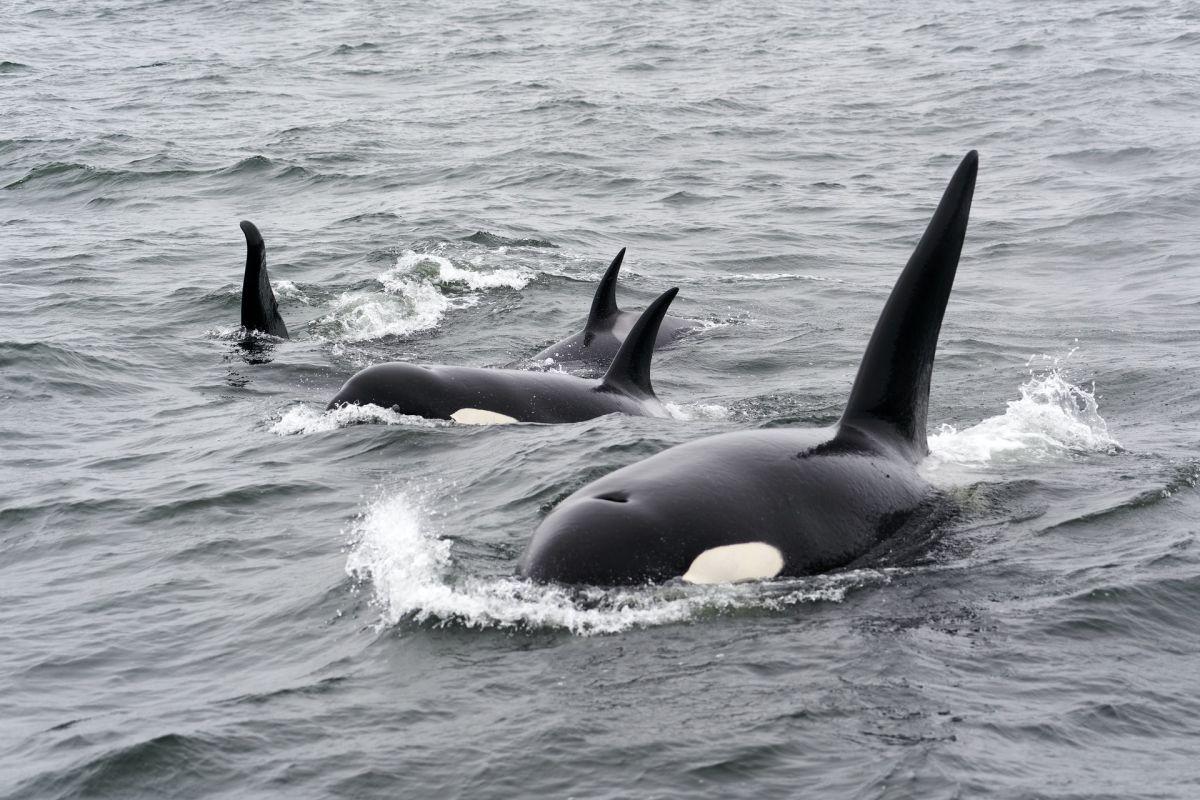
- Name: Orca
- Scientific name: Orcinus orca
- Conservation status:
The orca, also known as the killer whale, is one of the most dreadful and efficient predators in the world. It is present throughout most arctic and subarctic waters, but has a worldwide distribution and can even be found in tropical seas.
Although no fatal attacks on humans have ever been recorded in the wild (most likely due to their remote habitat, in deep waters), the killer whale already attacked and killed several handlers at marine theme parks.
24. Snow leopard
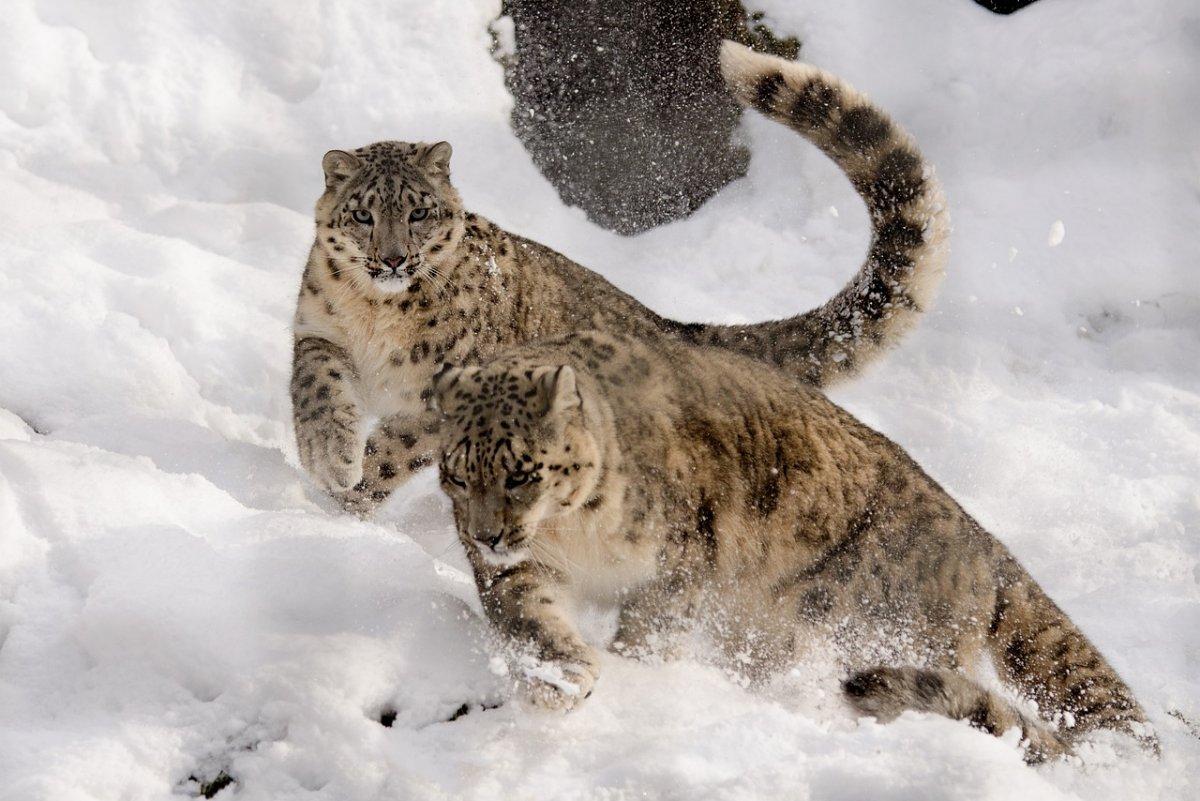
- Name: Snow leopard
- Scientific name: Panthera uncia
- Conservation status:
I hope you like leopards because I already have a third one for you, the snow leopard.
Also known as the ounce, it is a large species of felid native to the high mountains of the Himalayas, the Tibetan Plateau, and Siberia, where it usually lives at altitudes between 3,000 and 4,000 m / 9,800 and 14,800 ft. It is considered vulnerable to extinction because of poaching and habitat loss.
25. Baikal seal
- Name: Baikal seal
- Scientific name: Pusa sibirica
- Conservation status:
The Baikal seal, also known as the nerpa or the Lake Baikal seal, is a species of earless seal endemic to Lake Baikal in Siberia, a UNESCO site. It is the only exclusively freshwater species of seal in the world, and it is one of the smallest of the pinnipeds.
No one really knows how the Baikal seal arrived at this place, but it cannot be found anywhere else.
26. Muskox
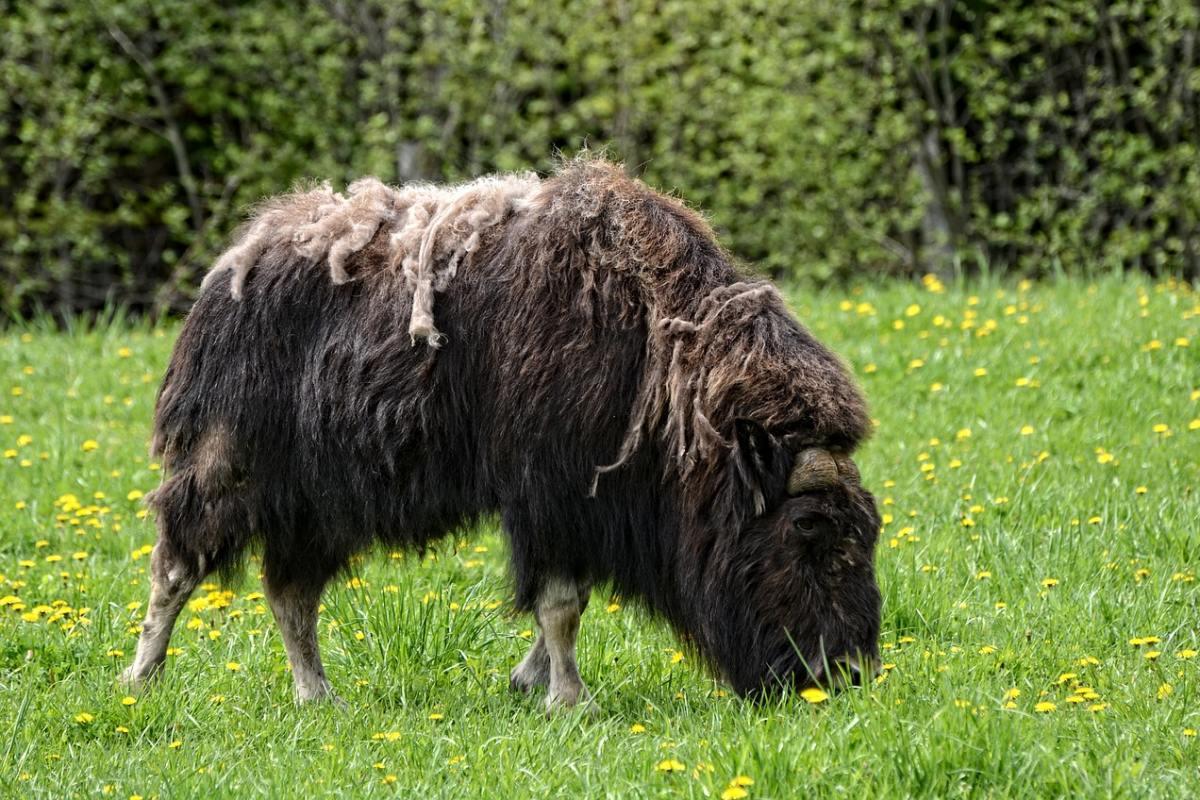
- Name: Muskox
- Scientific name: Ovibos moschatus
- Conservation status:
The muskox also spelled musk-ox or musk ox is a large species of hoofed mammal particularly adapted to very cold environments: it can be found in Greenland, the Arctic regions of Canada, and northern Siberia, as well as the archipelago of Svalbard, which belongs to Norway.
This bovid has a thick coat and emits a very strong odor during the rut, which is where it got its name from.
27. Moose
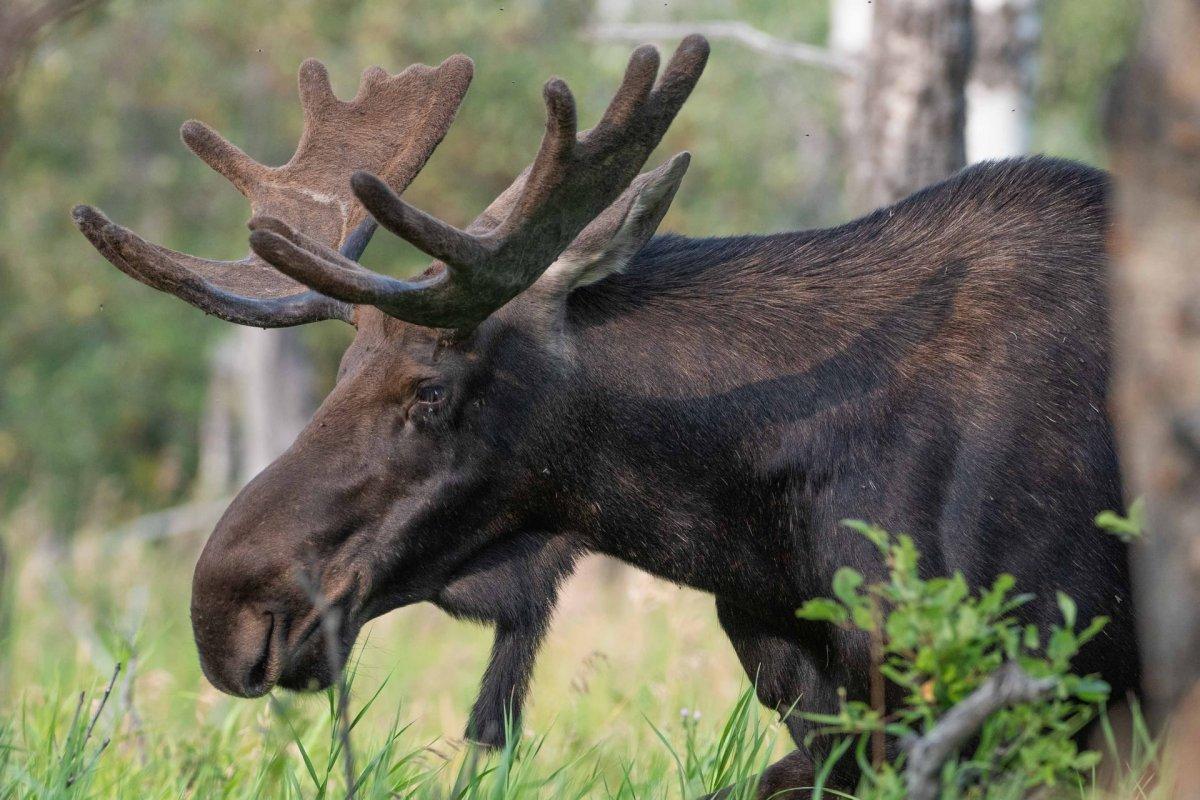
- Name: Moose
- Scientific name: Alces alces
- Conservation status:
The moose, also known as the elk in Eurasia, is the largest species of deer in the world, and it has unique, broad antlers. Males are much, much larger and heavier than females, and this species inhabits temperate, subarctic, and boreal forests.
It is a solitary animal, which is unusual among deers, and there are about 700,000 individuals in Russia only. They have interacted with humans for thousands of years and have been depicted in cave paintings and rock drawings.
28. Eurasian otter
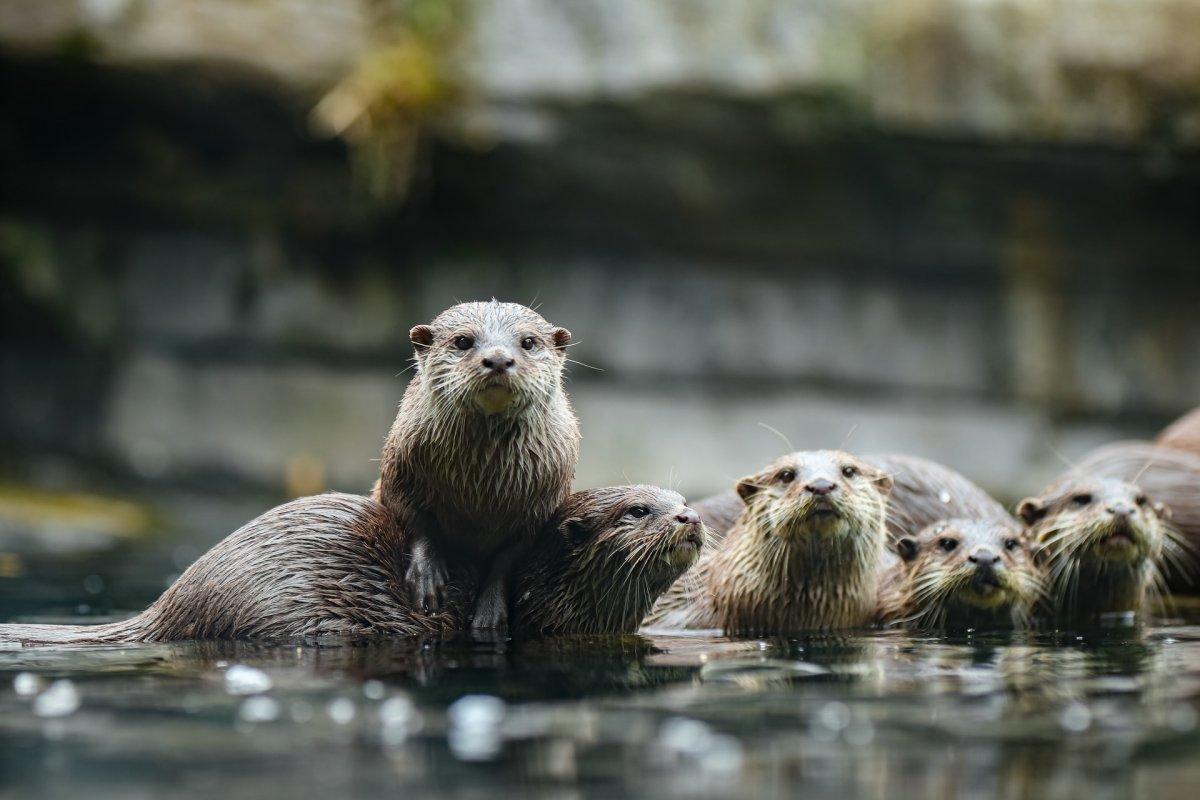
- Name: Eurasian otter
- Scientific name: Lutra lutra
- Conservation status:
The Eurasian otter, also known as the Old World otter, the European otter, the river otter, or the common otter, is the most widely spread species of otter in the world, ranging from western Europe to eastern China and Russia.
It inhabits freshwater streams and rivers and almost exclusively feeds on fish. Depending on the part of its range, it is more or less endangered, hence why it is considered near threatened with extinction.
29. Leopard cat
- Name: Leopard cat
- Scientific name: Prionailurus bengalensis
- Conservation status:
Although primarily found in the dense jungles and forests of South and Southeast Asia, the leopard cat’s range goes as far north as southern Russia and northeastern China. It is a small species of wild cat native to the southern half of Asia, and it feeds on small mammals, amphibians, lizards, insects, and birds.
This wild cat can be found in the Russian Far East, where it lives at around sea level.
30. Northern right whale dolphin
- Name: Northern right whale dolphin
- Scientific name: Lissodelphis borealis
- Conservation status:
The northern right whale dolphin is a small species of finless cetacean native to the northern parts of the Pacific Ocean: in fact, it can be found in a somewhat narrow strip, ranging from eastern Russia, China, and Japan to the western United States.
This dolphin prefers cold to temperate waters, between 8 and 24 °C / 46 and 75 °F. Its migration patterns are not well-known, but it shifts northward during the summer and moves further south in the winter.
—
So there you have them, these were my 30 animals part of the Russia wildlife. I hope you enjoyed this list and that you learned something new today.
In case you want to learn more about the wild animals of Russia, feel free to keep reading, as I still have lots of things to tell you about:
Endangered Animals of Russia
This is definitely the saddest part of the list, but it is very important to raise awareness. Because of this, let’s go through the list of endangered animals in Russia.
Here are the animals in danger of extinction in Russia.
- Spectacled cormorant
- Japanese sea lion
- Steller’s sea cow
- Inconnu
- Eudontomyzon sp. nov. “migratory”
- Beluga
- Persian sturgeon
- European mink
- Eskimo curlew
- Siberian crane
- and 24 more…
- Siberian tiger
- Scaly-sided merganser
- Black-faced spoonbill
- Caspian seal
- Russian desman
- and 41 more…
To see the full list of endangered species in Russia, head over to the International Union for Conservation of Nature’s Red List.
What is the National Animal of Russia?
The Russia national animal is the Eurasian brown bear.
The Eurasian brown bear is a very important symbol in Russia. It is a particularly strong animal that can survive in extreme conditions, is both resilient and persevering, and is mainly located within Russia: the country is home to the largest population in Europe, in the Ural mountain range.
This bear is used by the Russian military as a ferocious emblem, and the government also uses it, but much less aggressively.
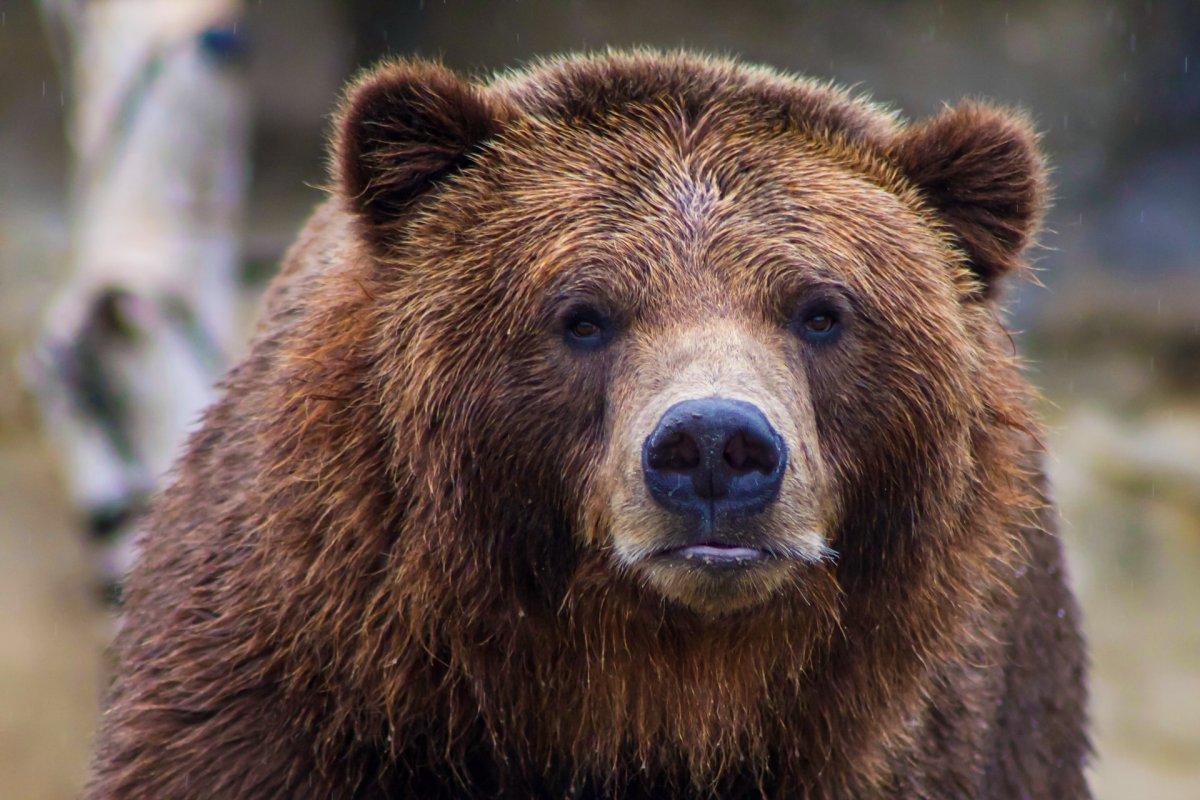
How Many Animals Native to Russia?
What is the diversity of native animals in Russia?
Let’s look at the total number of species of Chordata (mammals, birds, fishes and reptiles).
Total number of animal species in Russia: 1,854 (1,947 in total in North Asia)
More About Animals in the World!
Loved these Russia animal facts? Want to see what animals live in other countries?
Then check out these posts:
Or click here to see ALL the facts up on the blog! Spoiler alert: there’s A LOT of them.
Share the knowledge! Click on the buttons below to share information about these famous animals in Russi with your friends, and help them learn more about the world 🙂
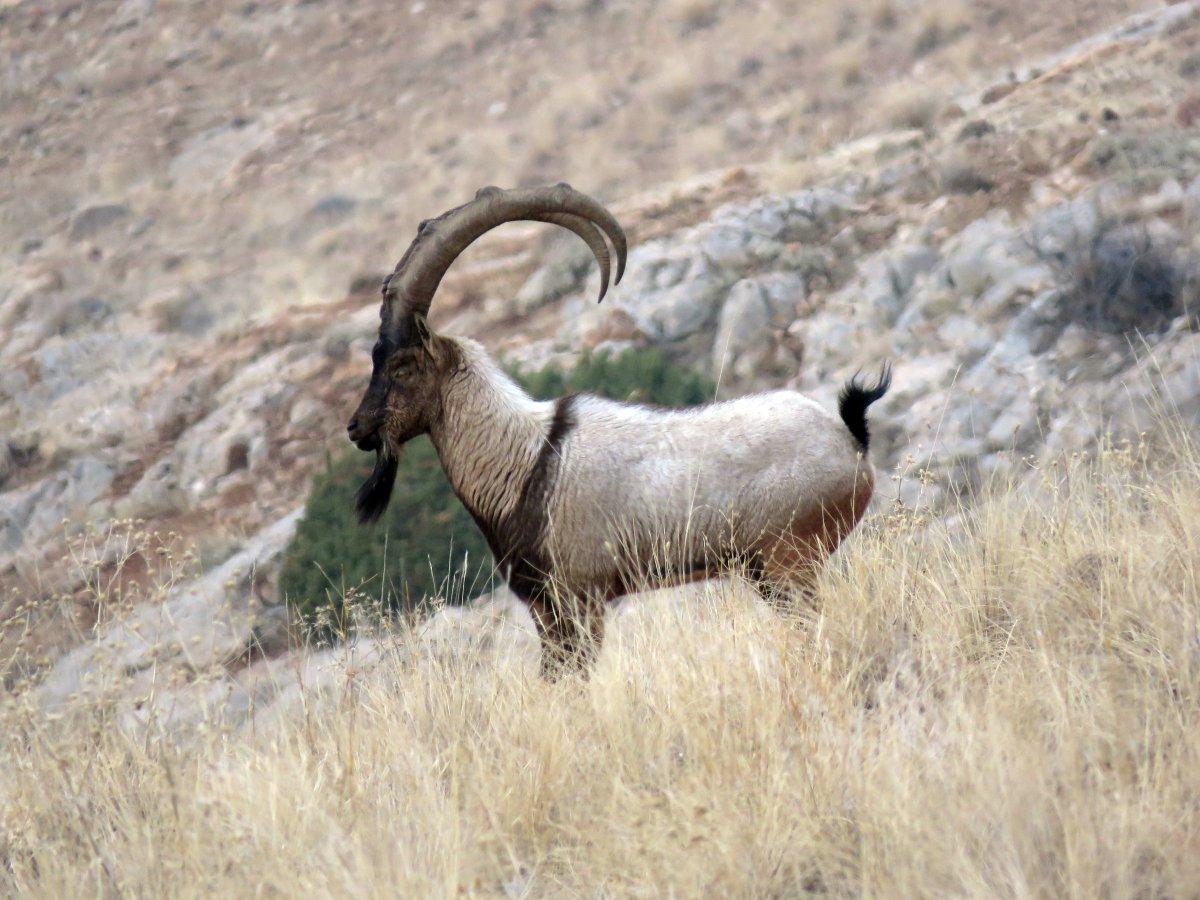
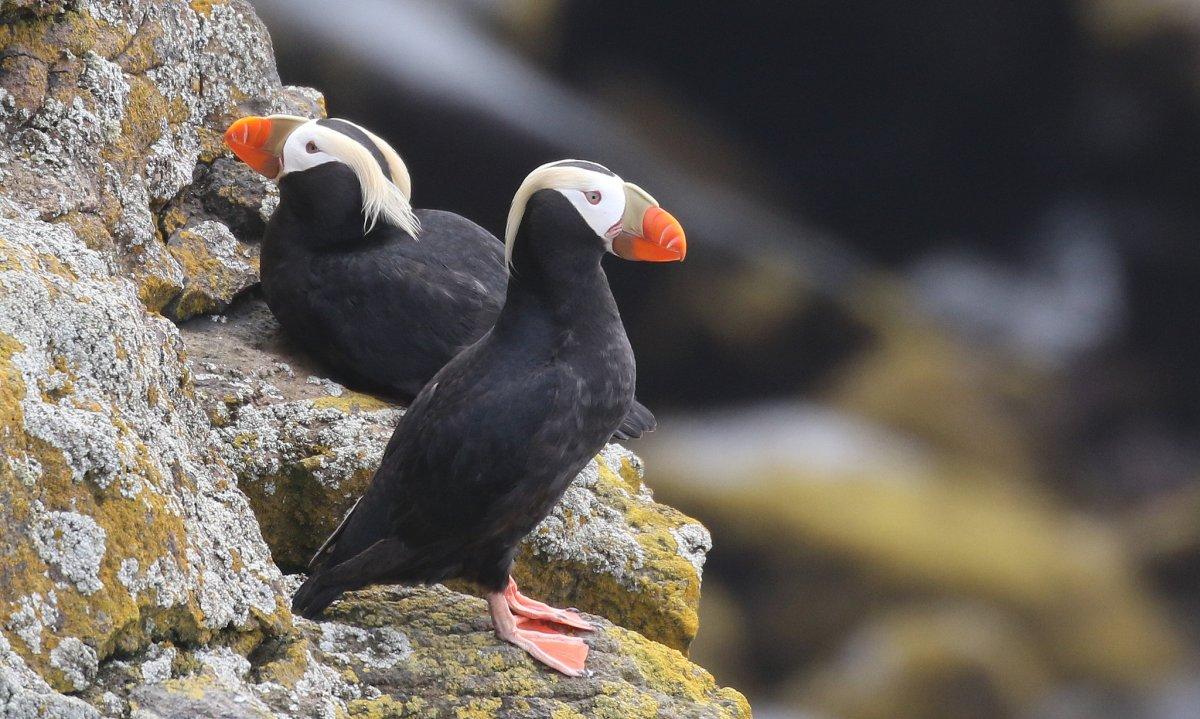
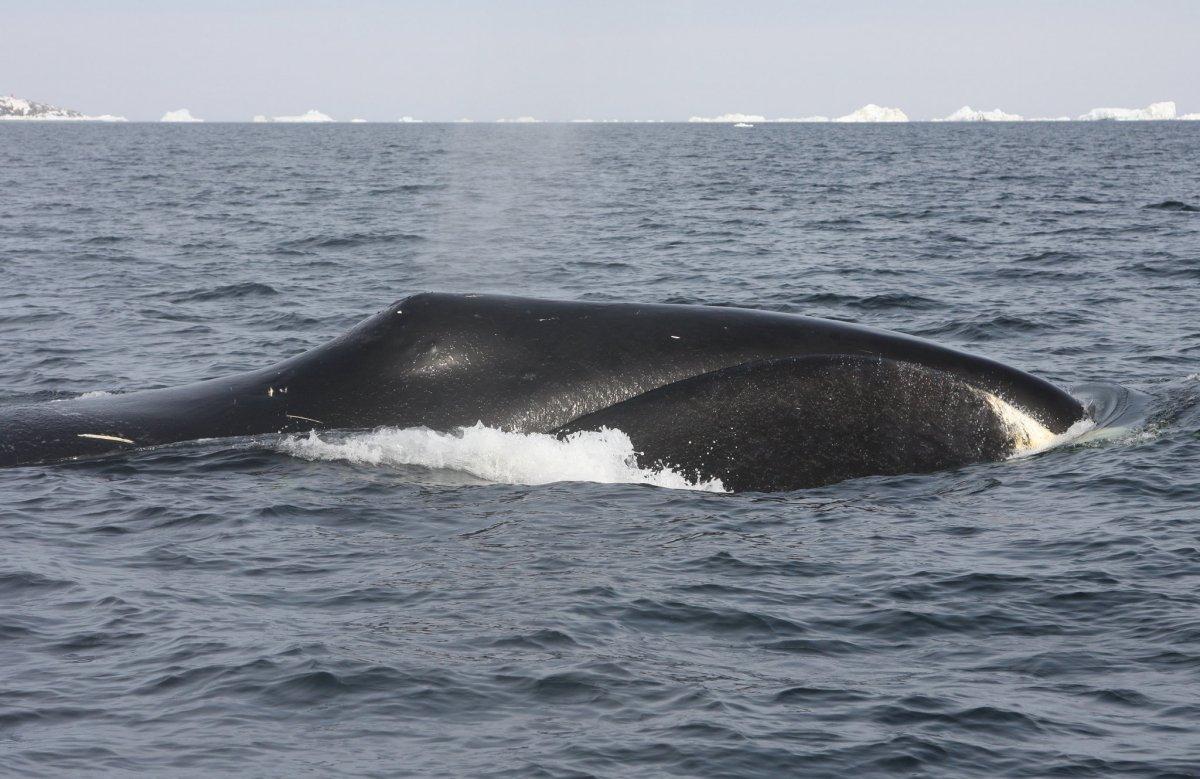
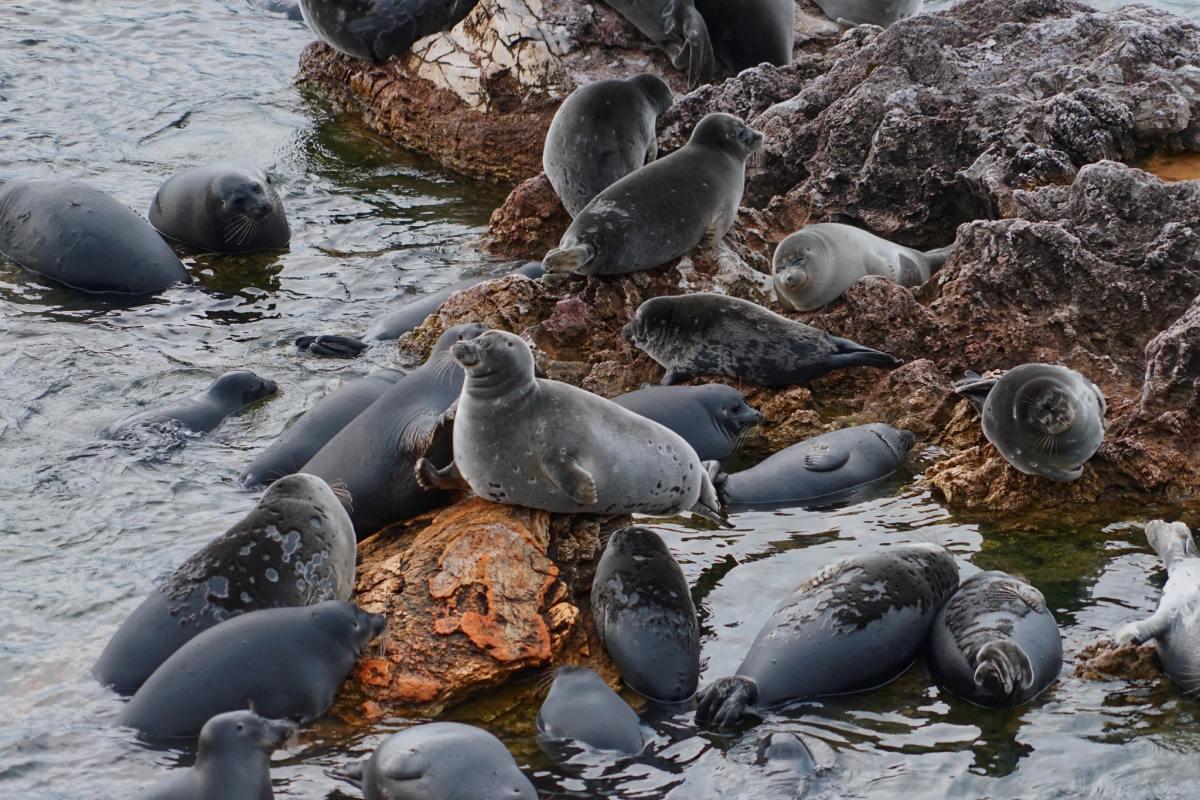
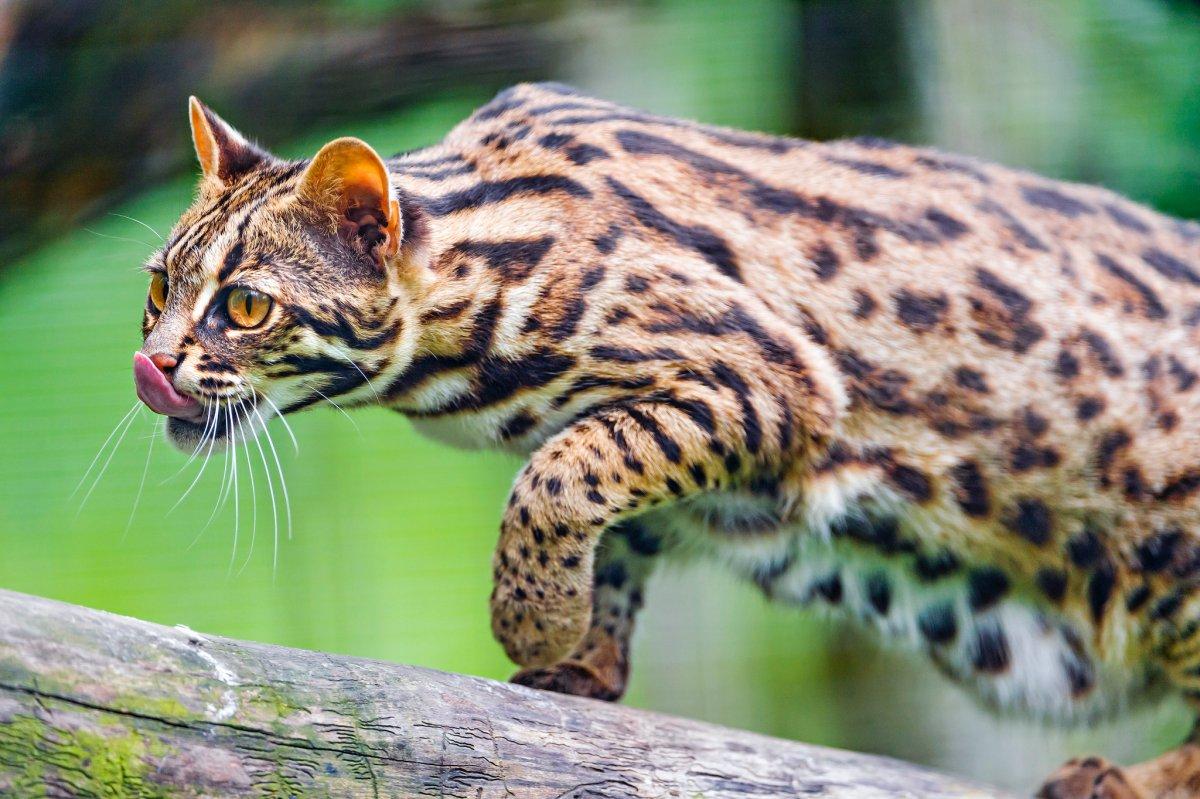
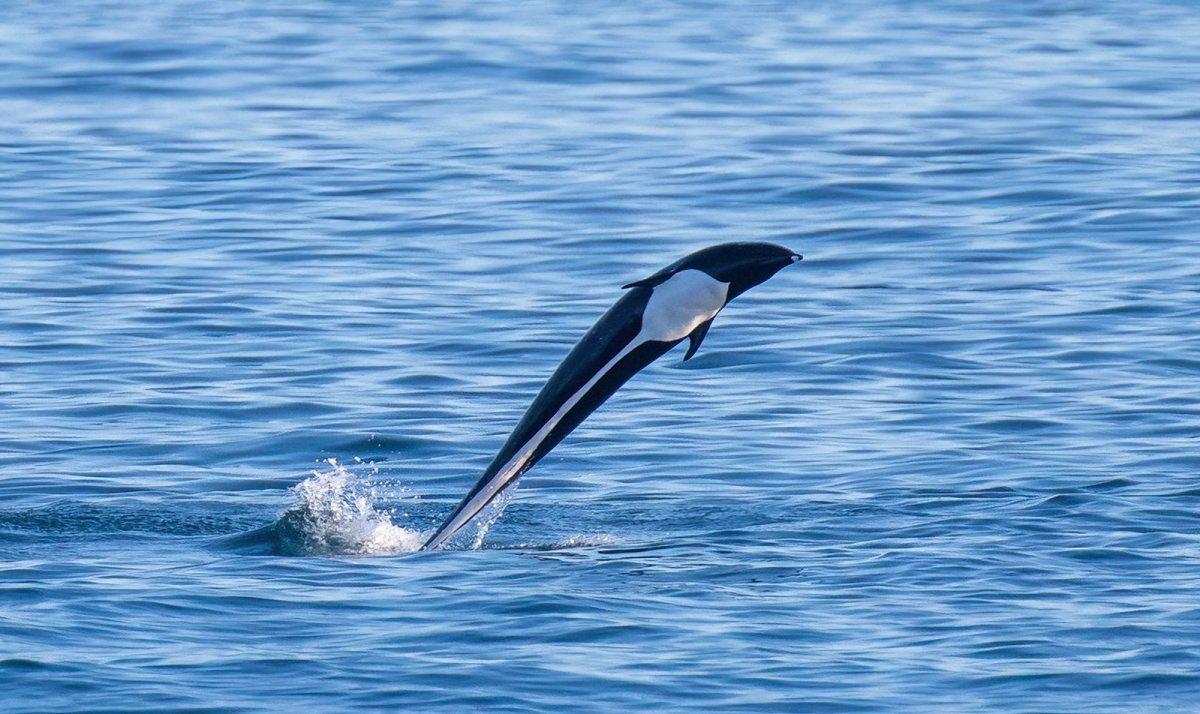

![14 Wild Animals in Cuba [Wildlife in Cuba]](https://www.kevmrc.com/wp-content/uploads/2022/06/14-wild-animals-in-cuba.jpg)
![12 Wild Animals in Mongolia [Wildlife in Mongolia]](https://www.kevmrc.com/wp-content/uploads/2022/12/12-wild-animals-in-mongolia.jpg)
![21 Wild Animals in Hungary [Wildlife in Hungary]](https://www.kevmrc.com/wp-content/uploads/2022/06/21-wild-animals-in-hungary.jpg)